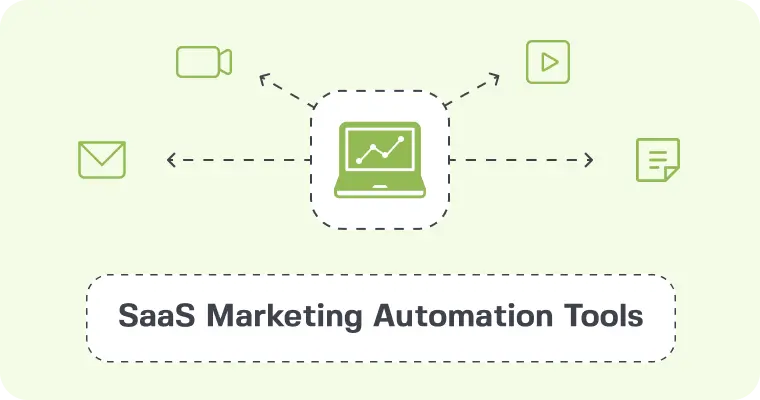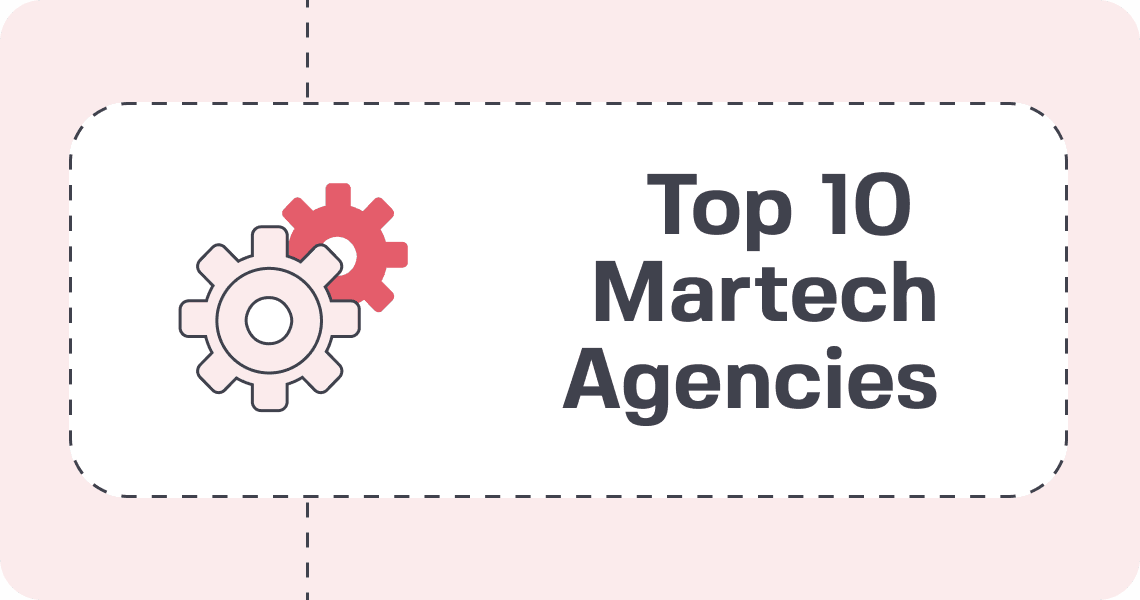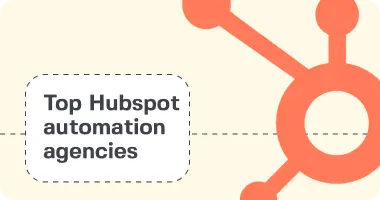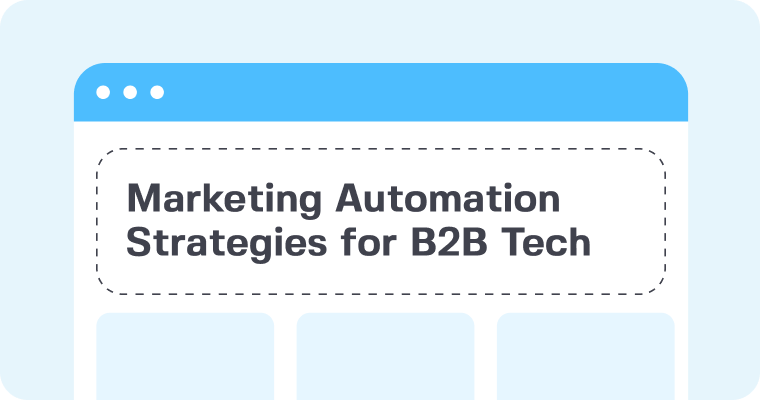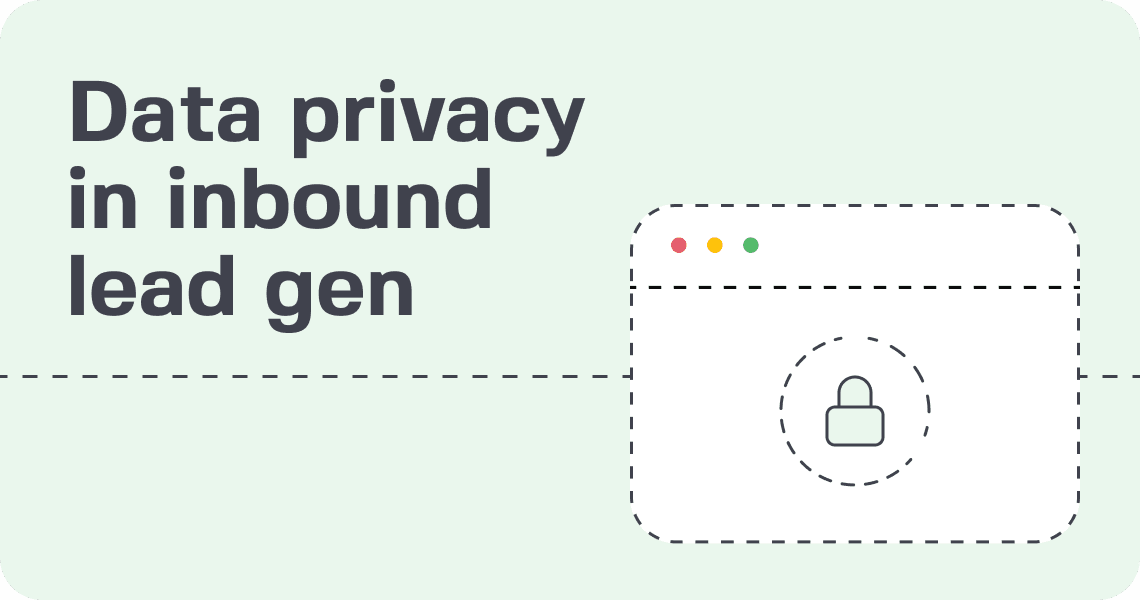With third-party cookies on the way out, marketers are scrambling to find alternative ways to track user behavior. This is forcing businesses to rethink their digital marketing strategies and find new ways to target and engage with their audiences. Cookieless tracking is not a trend, it’s a necessity in the ever changing world of online advertising.
What is cookieless tracking?
Cookieless tracking is a way to track user behavior online without using traditional third-party cookies. Unlike cookies, cookieless tracking uses alternative technologies to collect and analyze data, so user privacy is protected. How does cookieless tracking work? It’s tracking user data through server-side tracking, browser fingerprinting and using first party data instead of cookies, so you comply with privacy regulations.
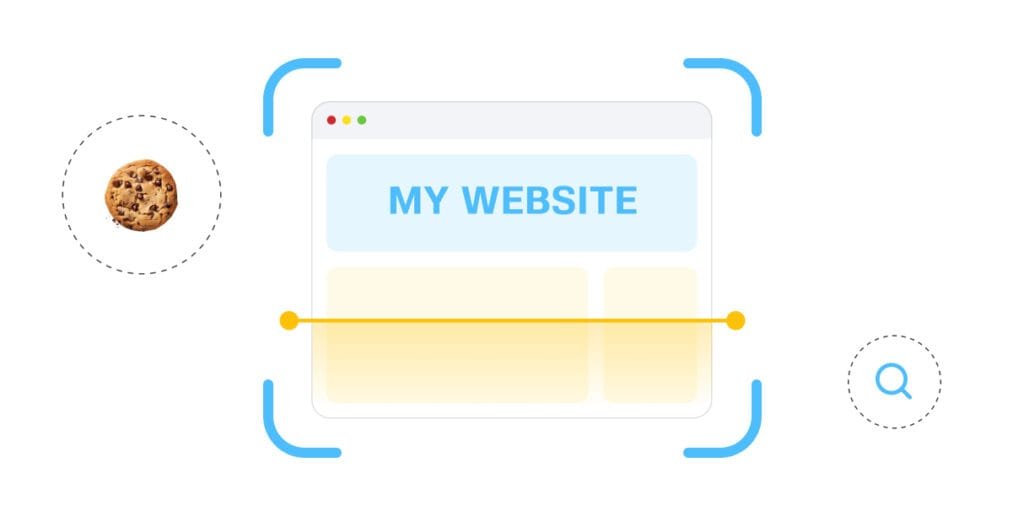
By using first party data and privacy-first technologies, cookieless tracking puts user consent and data protection first. This means user trust is increased and more accurate targeting and personalization.
In marketing
The shift to cookieless tracking presents challenges and opportunities for B2B marketing. Marketers need to adapt to new tracking methods to keep their audience insights and targeting capabilities. Embracing the change is key to staying relevant in the ever changing digital world. Cookieless tracking allows marketers to identify and track user behavior on their website without using traditional cookies. Instead of storing personal data, this method uses web analytics scripts to collect data during a user’s visit and categorizes it as ‘first party data’ for analysis.
- Challenges:
- Loss of cross-site tracking
- Inaccurate attribution
- Opportunities:
- First party data focus
- User trust and transparency
Tracking evolution
Tracking methods have moved from cookies only to cookieless solutions. The shift to privacy-first advertising has led to the creation of cookieless tracking methods that find new ways to collect user data while keeping user and regulatory compliance in mind.
Over time regulatory changes like GDPR and CCPA have shaped the tracking methods. These regulations have forced marketers to be more transparent and privacy centric in their data collection.
Cookieless Tracking benefits
- Privacy compliance:
- Cookieless tracking complies with global privacy regulations so user data is handled properly.
- Using privacy-first tracking methods builds trust with users and brands.
- Customer engagement and personalization:
- Using first party data allows marketers to create highly personalized campaigns to individual preferences.
- Cookieless tracking in B2B marketing has seen increased engagement and higher conversion rates.
What’s in a cookieless tracking solution

First party data
First party data is key in a cookieless world as it’s collected directly from the user. Collecting first party data through email sign ups, content engagement and interactive tools is essential to understanding customer behavior. By using these methods brands can create personalization without using third party cookies.
In a cookieless tracking world, first party data becomes even more valuable for brands to keep customer relationships. Email sign ups allow businesses to talk directly to users, content engagement provides insight into user preferences. Interactive tools like quizzes or surveys can collect more data by encouraging user participation.
Contextual advertising
Contextual advertising shows ads based on the content of a webpage not user behavior. This way ads are relevant as they are aligned with the content around them, it’s a good strategy to reach audiences in a cookieless world. Brands can target specific demographics by placing ads on specific websites or content categories.
By using contextual advertising brands can overcome the limitations of cookie based targeting and still reach their target audience. For example a sports brand can place ads on sports related articles or websites to target sports enthusiasts. Ads aligned with content increases user engagement and conversion rates.
Customer Data Platforms (CDPs)
Customer Data Platforms (CDPs) are the key to centralizing and activating first party data across all marketing channels. By integrating data from multiple sources CDPs allow brands to create customer profiles for targeted marketing campaigns. CDPs increase targeting precision by analyzing user interactions and behavior across different touchpoints.
CDPs simplify the process of unifying customer data so brands can deliver personalization at scale. These platforms integrate data from sources like CRM systems, email marketing tools and e-commerce platforms. By using CDPs brands can optimize their marketing strategy based on customer insights.
Server side tracking
Server side tracking is an alternative to traditional client side tracking by processing data on the server not the user’s browser. This way data is more accurate and secure as it reduces the use of cookies and mitigates the privacy concerns of client side tracking. Server side tracking ensures data is collected consistently across devices and browsers. Cookieless tracking involves methods like server side tracking and web fingerprinting which allows for audience insights without using traditional cookies so it’s privacy compliant and still captures user behavior data.
Server side tracking requires technical setup such as server to server communication and data encryption protocols. By moving tracking to the server side brands can improve data accuracy and protect user data better. Server side tracking is a robust solution to navigate the ever changing digital marketing landscape.
How to implement a cookieless tracking solution
Transitioning to alternative tracking methods requires planning and understanding of the technologies that can provide insights while respecting user privacy. By following a set of steps companies can integrate cookieless tracking solutions that comply with new privacy standards and still deliver personalization and targeting.
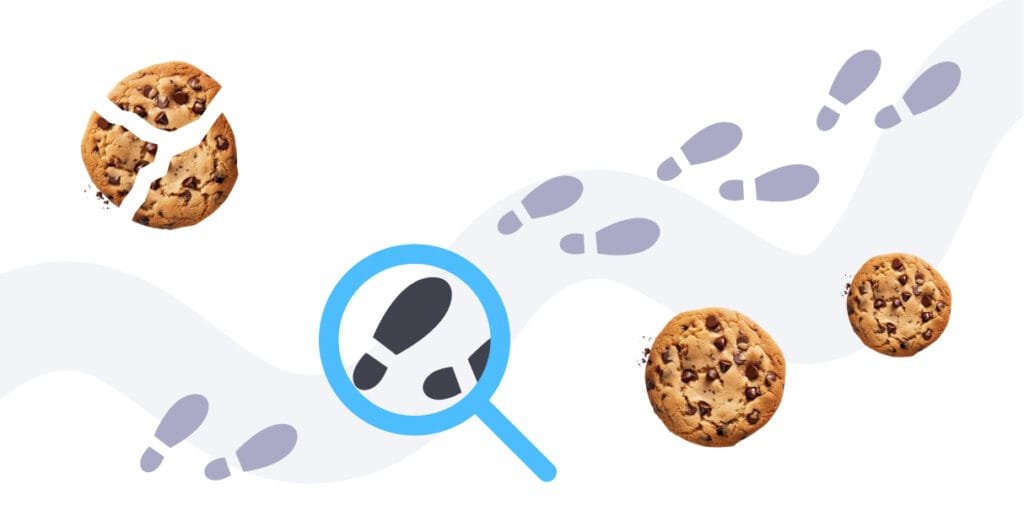
Audit your current data practices
Audit your current data practices to see how much you rely on third party cookies and the data collected from customer interactions across different platforms. Identify gaps in first party data collection and areas for improvement. Consider what will happen if you remove third party cookies from your tracking.
- How effective are your current tracking methods
- Where can you enhance first party data collection
Choose the right technology stack
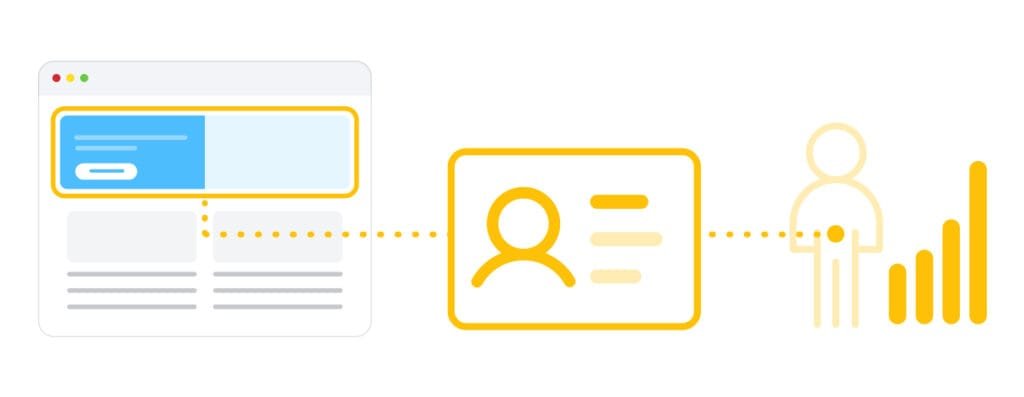
Choose the right technology stack like Customer Data Platforms (CDPs), Data Management Platforms (DMPs) and privacy compliant analytics tools. Make sure these tools align with your cookieless tracking strategy. Google Analytics for example uses first party cookies by default for tracking user interactions which can be limited compared to emerging cookieless tracking methods that gather data without cookies and are compliant with privacy regulations and provide more audience insights.
- Check integration requirements for smooth implementation
- Highlight importance of data governance
Test and optimize
Test and optimize throughout the transition to a cookieless tracking solution. Monitor KPIs closely and adjust your strategy based on data.
- A/B test your tracking approach
- Make real-time changes based on performance metrics
What it means to be cookieless
As third party cookies are being phased out the implications for marketers are big, from how data is collected and analyzed to how personalization is delivered. Understanding these implications is key to adapting your marketing strategy to stay effective in targeting and engagement.
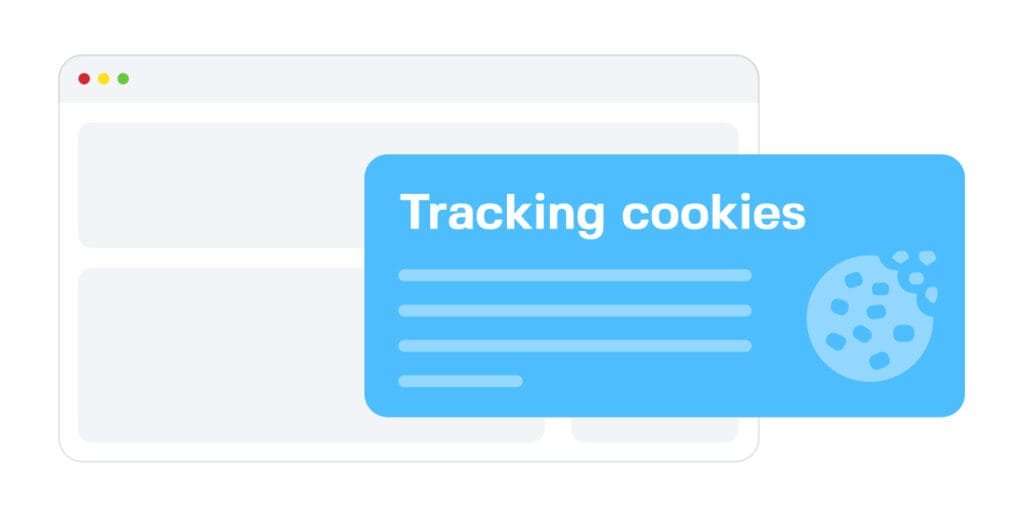
User privacy
User privacy is top priority in a cookieless world. First party data is key for businesses to understand their audience better. Collecting this data can be done through email sign ups, asking users to share information willingly. Tracking content engagement and using interactive tools can provide valuable insights into user behavior.
Compliance
In a cookieless world businesses must comply to strict regulations like GDPR and CCPA. These regulations dictate how companies handle user data, transparency and consent is key. Compliance is crucial to build trust with customers. Not complying with these regulations can result to severe penalties including hefty fines and reputation damage.
- Pros of Compliance:
- Builds customer trust
- Shows commitment to data protection
- Cons of Non-Compliance:
- Financial penalties
- Brand damage
Marketing challenges
Moving to cookieless tracking is a big challenge for marketers. Without traditional cookies you can’t track user behavior accurately. Marketers need to find alternative ways to collect data and target audience. New strategies like contextual targeting and fingerprinting are emerging to address this challenge. These methods can identify users and build detailed customer profiles without using traditional third party cookies, so you can track even in incognito mode.
Marketer Obstacles:
- Losing granular user data
- Retargeting campaigns are tough
Strategies for Targeting:
- Contextual targeting
- Fingerprinting
Cookieless tracking innovations
As the digital world moves away from third party cookies new innovations in cookieless tracking technologies are emerging to fill the gap. These innovations are changing how businesses collect and use data while prioritizing user privacy. From AI driven algorithms to first party data strategies and contextual targeting these technologies are powerful alternatives to traditional cookies. And using your own data is key to keeping personalized marketing going and developing new solutions in a changing digital landscape.

Technologies
New technologies are changing cookieless tracking by providing alternative ways to collect data. Blockchain ensures cookie reliability through secure and transparent transactions. Decentralized identity solutions let users control their data, more privacy. Device fingerprinting creates unique identifiers based on a user’s device characteristics so you can track user behavior across devices.
These can change the way we think about data privacy and tracking by providing secure and easy ways to collect user data without cookies.
Machine learning
Machine learning is key to understanding user behavior in a cookieless world. By using advanced algorithms machine learning can predict user behavior and trends based on historical data patterns. And the user’s IP address is important for transparency and customer journey analytics.
- User behavior analysis
- User preference prediction
Continuous learning is important to improve tracking accuracy as machine learning algorithms adapt to user behavior changes over time so you can target without cookies.
Future
Future of cookieless tracking and digital marketing will be all about user privacy and effective targeting. Evolving regulations like GDPR and CCPA will impact tracking by emphasizing transparency and user consent.
- Evolving regulations
- User consent
Consumer behavior will dictate the direction of tracking technologies so companies will have to adopt more ethical and privacy focused data collection and targeting strategies.
Tracking without cookies

Privacy
One of the benefits of cookieless tracking is the better protection of user data privacy. By removing traditional cookies users can browse the internet with less worry about being tracked online.
Regulatory compliance
Moving to cookieless tracking is in line with regulatory compliance requirements like GDPR and CCPA. Companies are responding to these regulations by looking into cookie free tracking technologies.
- Simplifies compliance with regulations
- Reduces legal risk of data privacy breaches
User experience
Cookieless tracking means a more seamless and personalized user experience. By focusing on contextual and consent based targeting companies can serve content without compromising user privacy.
In a world where digital matters most, user experience is key to customer retention and loyalty.
Better data security
With cyber threats and data breaches on the rise data security is top of mind for companies. Cookieless tracking reduces the risk of unauthorized access to user sensitive information so companies and their users are protected.
- Reduces risk of data breaches
- Protects user sensitive information from bad actors
Conclusion
In a cookieless tracking world knowing the components and steps to implement a solution is key. The implications and innovations in tracking technologies shows how digital analytics is evolving. Real world examples and future of tracking without cookies insights gives you the full picture.
Now you know about cookieless tracking solutions you can be proactive to the changes in the digital world. Stay up to date and think about how your tracking approach can fit in with this. Cookieless tracking means compliance and new opportunities to grow your digital and user experience.


